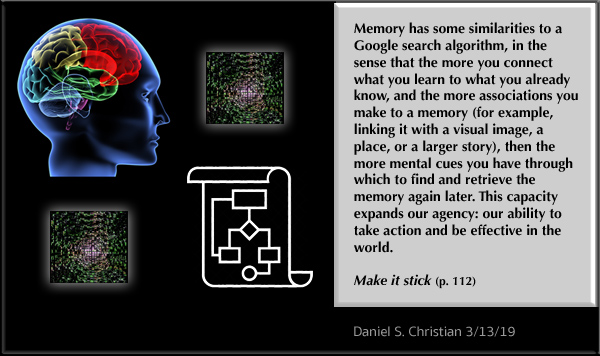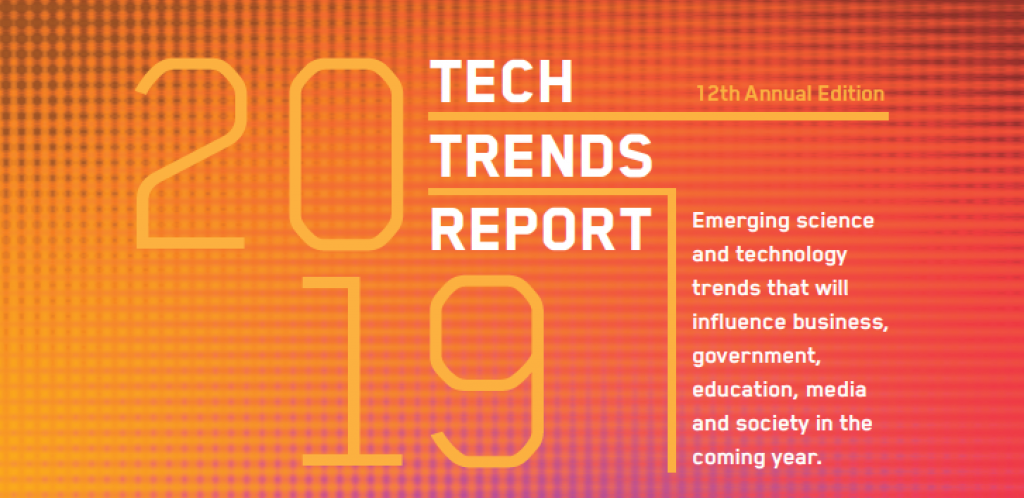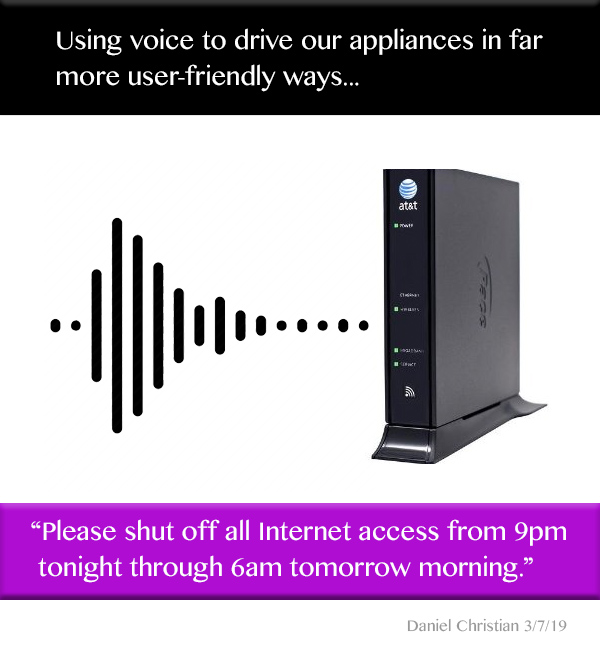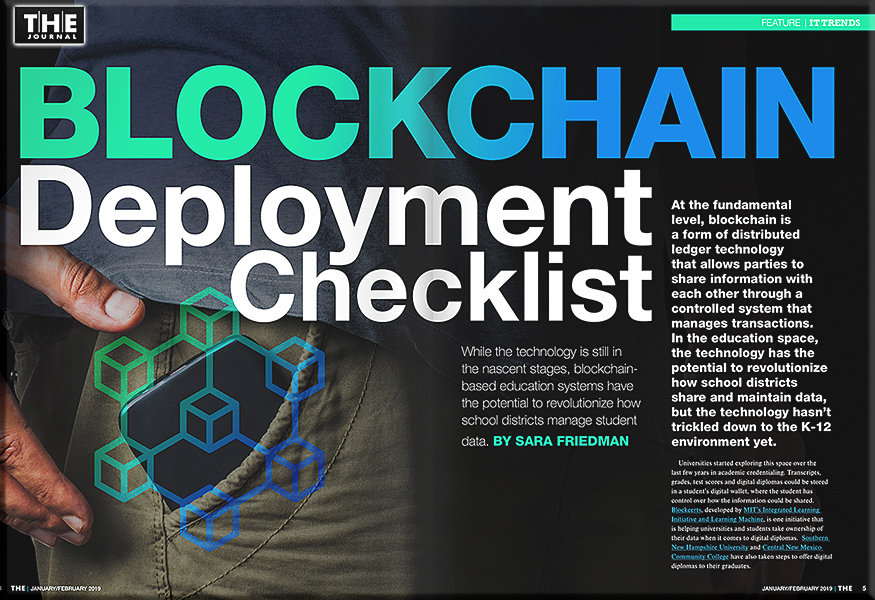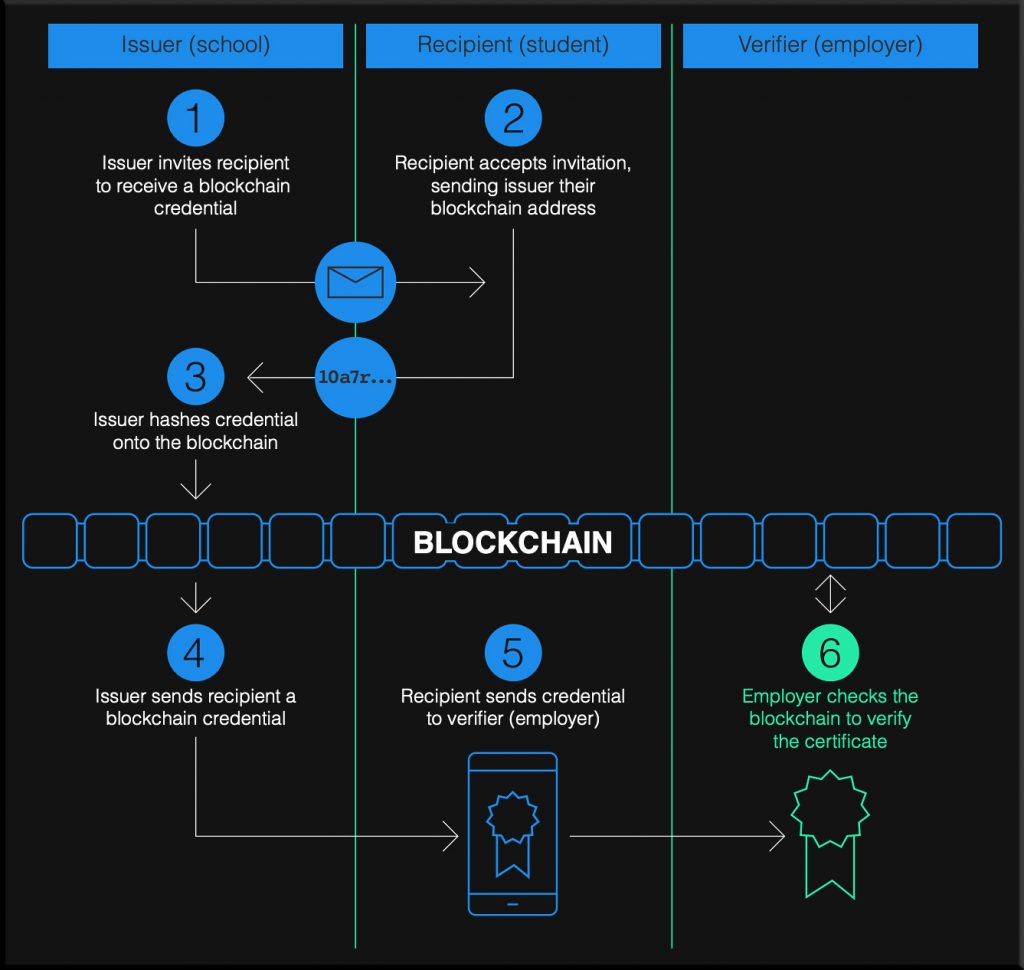A prediction for blockchain transformation in higher education — from blockchain.capitalmarketsciooutlook.com by Michael Mathews
Excerpt:
Ironically, blockchain entered the scene in a very neutral way, while Bitcoin created all the noise, simply because it used an aspect of blockchain. Bitcoin, cyber coins, and/or token concepts will come and go, just as the various forms of web browsers did. However, just as the Internet lives on, so will blockchain. In fact, blockchain may very well become the best of the Internet and IoT merged with the trust factor of the ISBN/MARC code concept. As history unveils itself blockchain will stand the test of time and become a form of a future generation of the Internet (i.e. Internet 4.0) without the need for cyber security.
With a positive prediction on blockchain for future coupled with lessons learned from the Internet, blockchain will become the single largest influencer on education. I have only gone on record of predicting two shifts in technology over a 5-10 year period of time, and both have come to pass now. This is my third prediction, with the greatest potential for transformation.
What I did not know until last year was a neutral technology called blockchain would show up in the history of the world; and at the same time Amazon would start designing blockchain templates to reduce all the processes to allow educational decisions to become as easy as ordering and receiving Amazon products.









